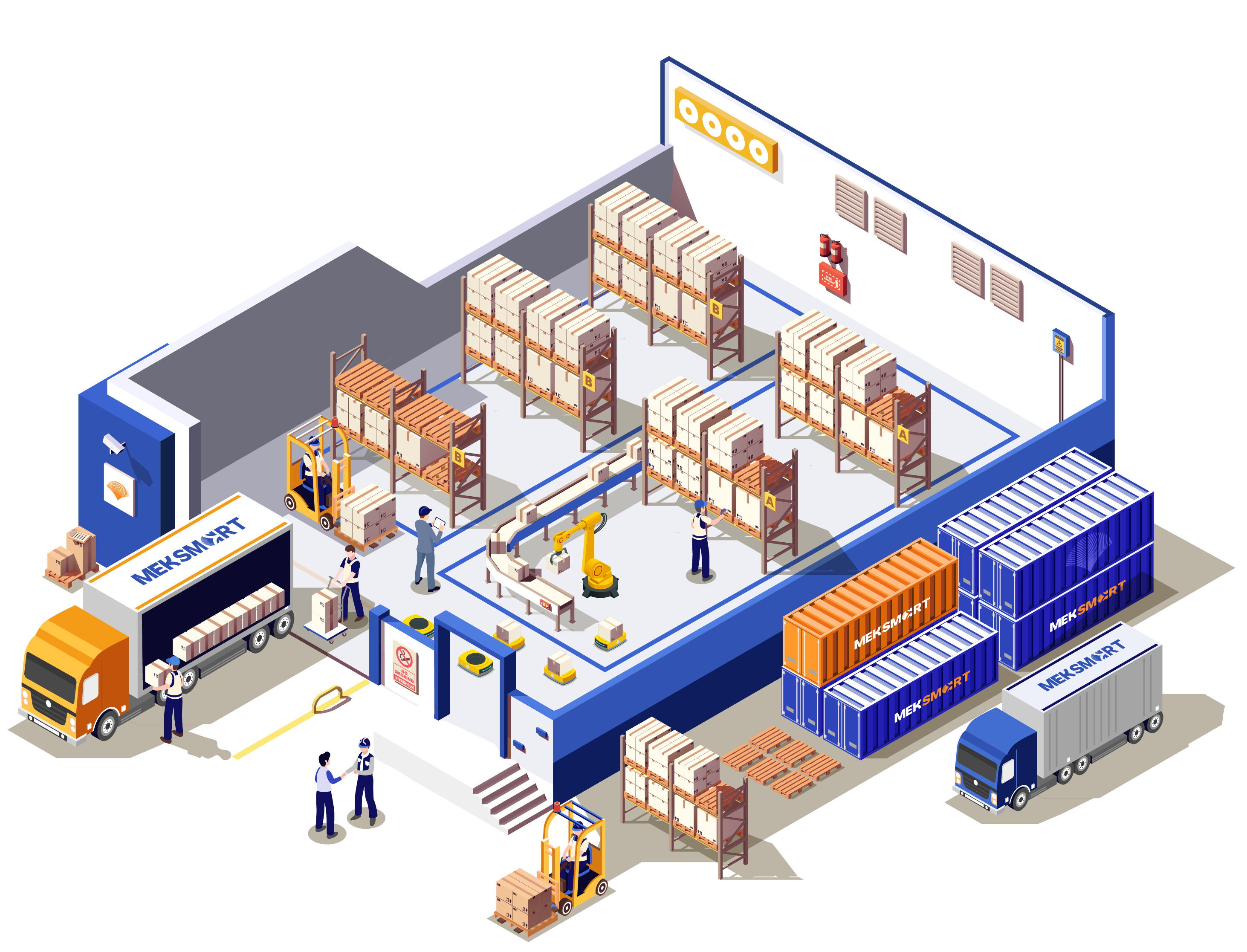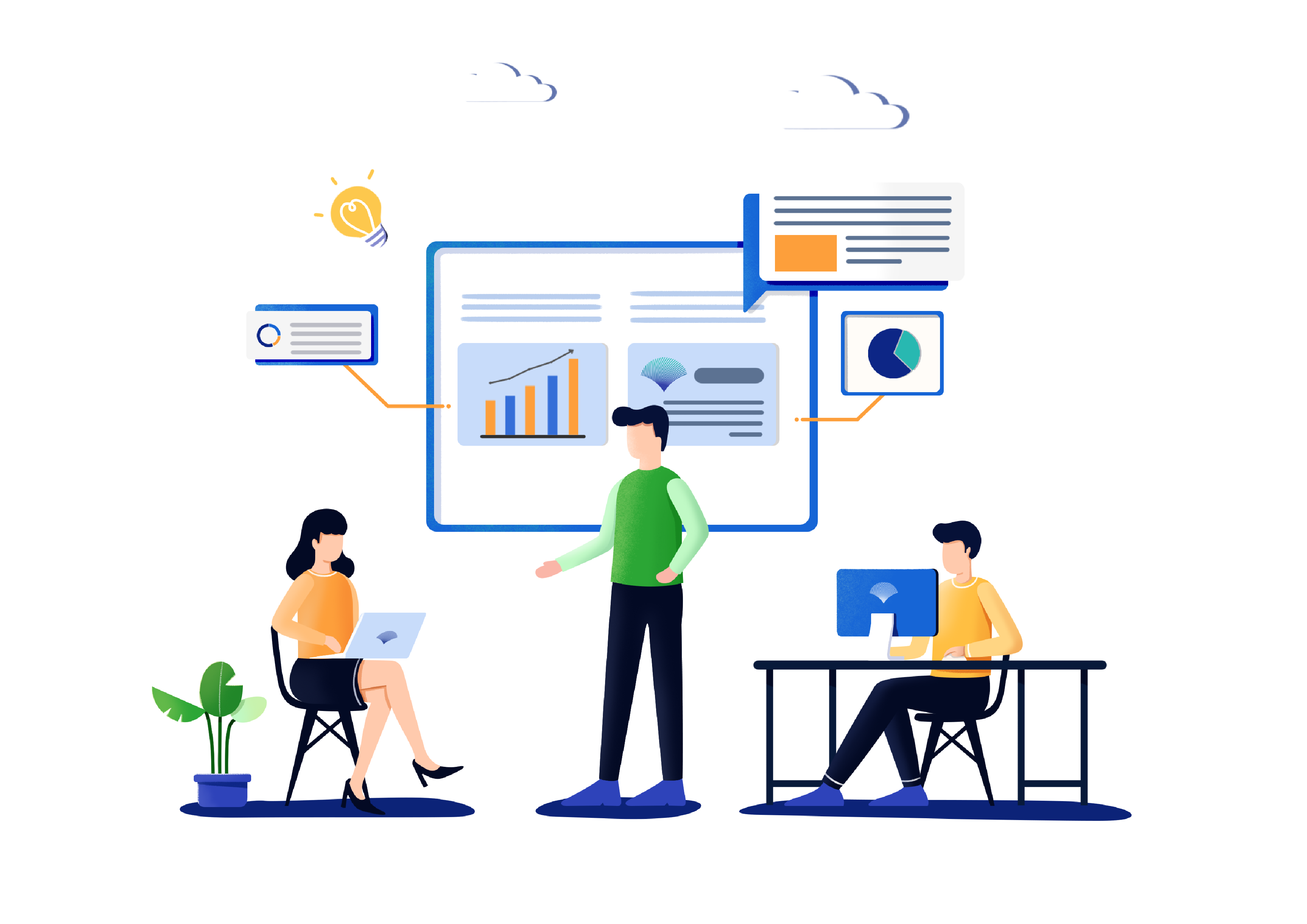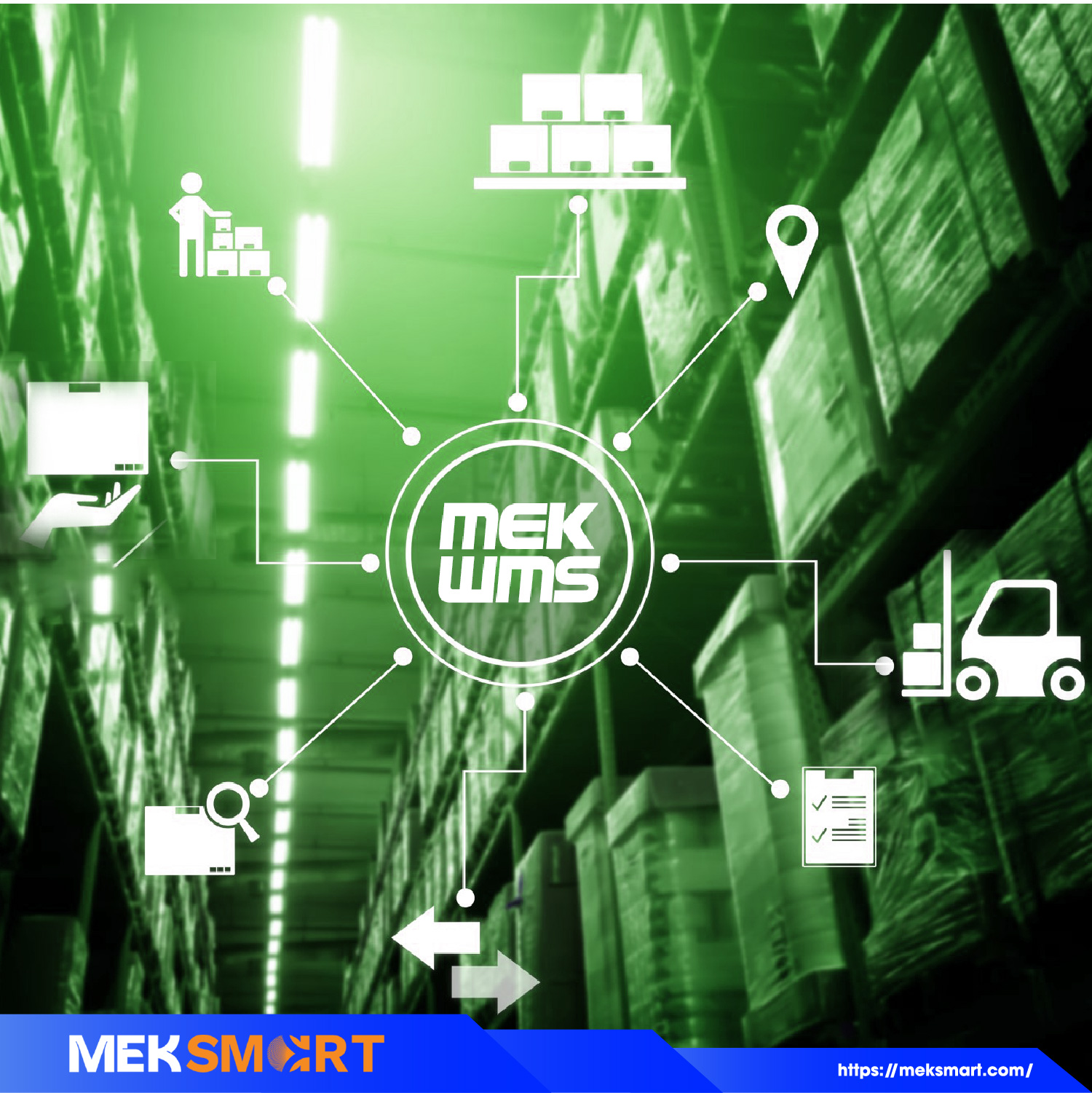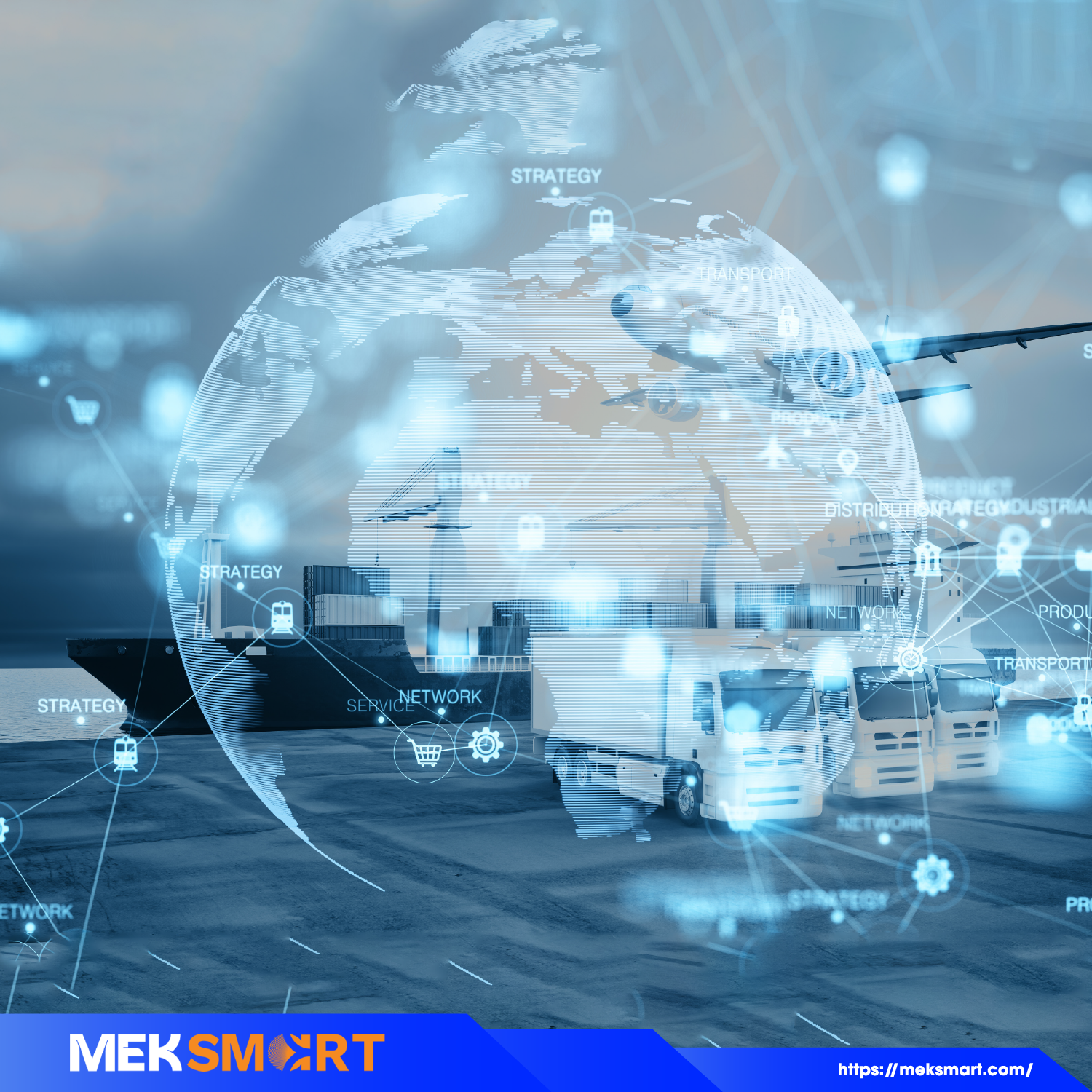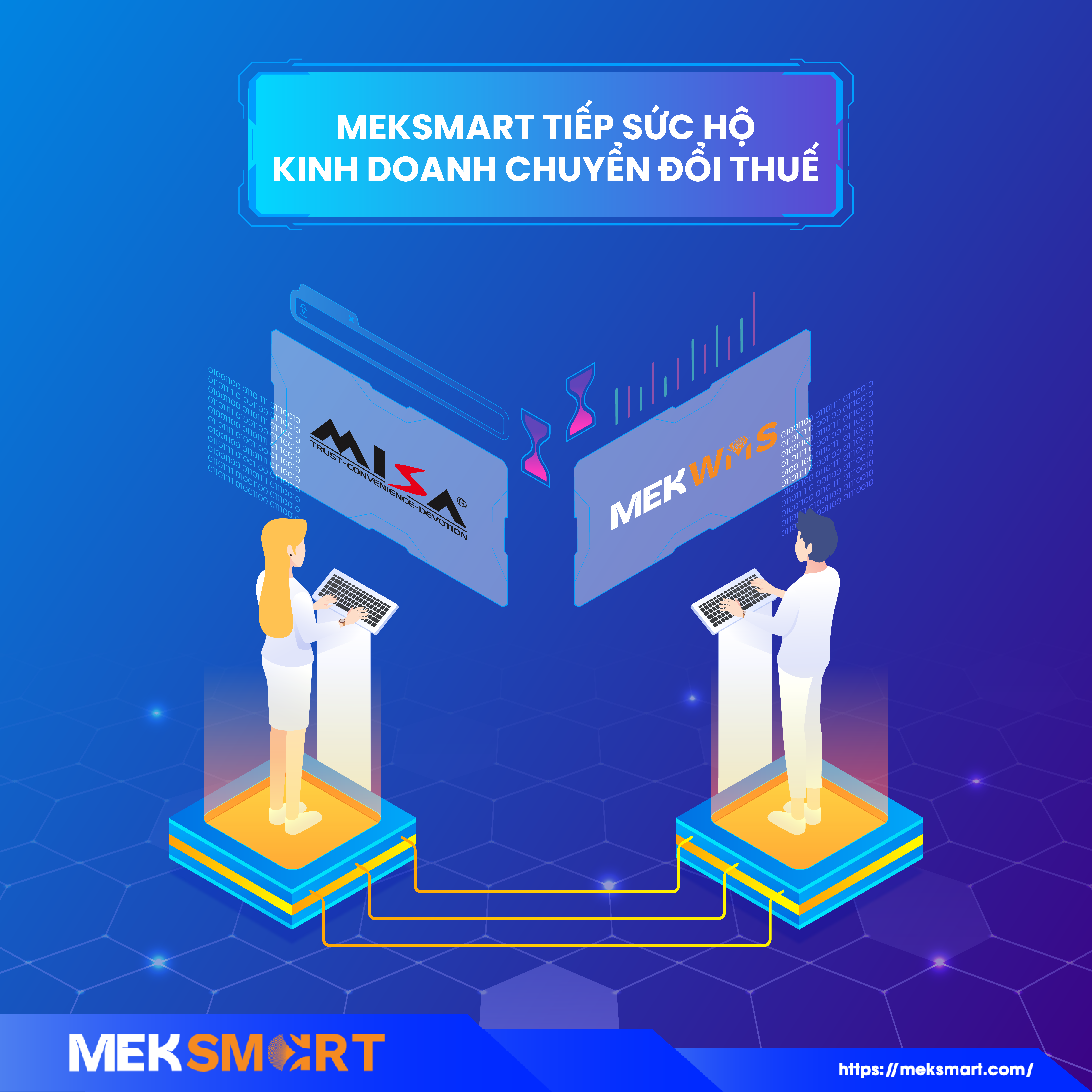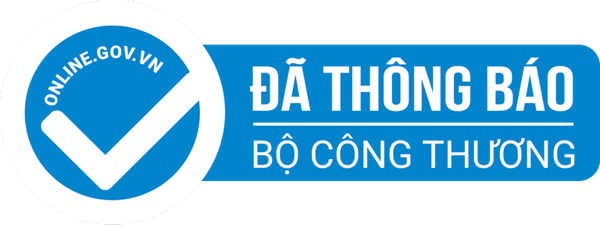MEKSMART
GENERAL NEWS
Author:
Update: 06/12/2022
STARBUCKS BUSINESS LESSONS AND SUPPLY CHAIN
Founded in 1971 in Seattle, Starbucks is just a small store specializing in selling coffee beans and coffee roasting equipment. Everything changed when Howard Schultz, the famous CEO of Starbucks later, joined the company in 1982 as the director of retail operations and marketing. He was the one who came up with the idea that the company should sell both beans and ground coffee after realizing the uniqueness of the way coffee is served in Italy through a trip to Milan.
Over 40 years of construction and development, Starbucks is not only confined to Seattle or the US, but has spread to many other countries, including Vietnam.
Starbucks is the most successful coffee chain today thanks to the following secrets:
1. Successfully using effects from social networks
In early 2008, Starbucks started to attack social networks and since then, it has become the most discussed coffee brand online.
Starbucks' presence on Facebook, Twitter, Instagram, and Pinterest turns coffee drinking into a hobby that customers easily share with friends and family. For example, Starbucks regularly offers incentives in the form of likes, shares, and comments on social networks, thereby increasing the interaction rate and product coverage to users.
Not only to introduce products, Starbucks also conveys the message of the brand's passion by sharing images of customers enjoying life at coffee shops. The central image in many posts is not Frappuccino and Espresso cups, but customers chatting and enjoying coffee in a calm and quiet space.
2. Convenient payment method from Starbucks®
We often think of a technology company or a certain financial institution as the one behind, initiating mobile payments. In fact, Starbucks is the leader and is also credited with popularizing this type of payment.
In 2011, Starbucks released the Starbucks® application, allowing users to order and pay online without waiting in long lines. The idea at that time was laughed at by technologists because they thought that using QR codes for mobile applications was rudimentary, and unlike anyone else.
But the facts proved otherwise. In 2016, one-fifth of customer transactions at Starbucks were done via mobile. The application also offers discounts and free drinks for regular customers and can suggest suitable drinks for customers based on previous choices.
3. Starbucks and celebrities
Surfing through news websites, it's not hard to see paparazzi photos of celebrities clutching Starbucks drinks in their hands.
Hollywood star's love for Starbucks elevates the product to a symbol of luxury that ordinary people can easily buy, not as difficult as owning a Hermes bag or a Rolex watch. In other words, we might as well have a celebrity resemblance: drinking Starbucks together.
For the "mermaid" coffee chain, the image of celebrities openly drinking Starbucks is a "gift from heaven" for the brand as well as their pocket. Indeed, Starbucks does not have to pay celebrities to participate in advertising campaigns because they have always done this for free.
4. Actively participate in social activities
It is a fact that companies that focus on social activities often easily create loyalty and support from users. A 2013 study found that 90% of Americans polled trust and choose to buy products from companies that act in the interests of society.
In this respect, Starbucks has left its mark not only at the local level but also globally. For example, Starbucks openly supports LGBT fundamental rights, rejects discriminatory investors, and turns many of its stores into safe spaces for the LGBT community.
In 2015, Starbucks launched a donation campaign for Syrian refugees and migrants. Between now and 2020, the company promises to hire 10,000 more refugees into its business system. Despite receiving much criticism and boycott from supporters of President Donald Trump, the statement was still praised in the media.
- 100 million Americans are unemployed and Starbucks wants to hire 10,000 more refugees. #TaychayStarbuck #UutiennguoiMy
- Trump supporters want #TaychayStarbuck! Great, good coffee and shorter queues than Starbucks Supply Chain Model
5. Starbucks World's Leading Supply Chain
Supplier
Each region of the world can grow different types of coffee with different flavors, so Starbucks buys coffee directly from farmers from 4 coffee growing places around the world: John's Coffee Parry in Hawaii, coffee from a small section of farmers in Sumatra, coffee from a small village in Ethiopia and the Baumann family in Mexico. These are all coffees with very unique flavors that no other place in the world has, which has contributed to the success of Starbucks.
In addition, Starbucks also has equipment suppliers, modern machinery systems, packaging companies, and coffee cups.
In the relationship with suppliers, they always treat them with respect and ethics, always creating the best conditions for Starbucks partners to operate effectively.
Factory
Some production plants are established by Starbucks to serve the company's own needs, and the rest cooperate with other factories.
Manufacturing plants include:
- The Kent factory in Kent in Washington. Built-in 1992, Kent is the oldest factory in the company.
- Carson Valley Coffee Roasters in Minden, Nevada.
- The Bay Bread Bakery Factory in South San Francisco, California. It is the largest factory with three functions: preparing products for La Boulange stores, preparing products for Starbucks stores, and testing and developing new products.
- New French Bakery factory in Ventura, California.
- The Evolution Juicery Factory in Rancho Cucamonga, California. Is a rather large fruit press that provides Starbucks with distinctive flavors.
- York Coffee Roaster in York, Pennsylvania. The York factory is one of the world's largest coffee processing plants and Starbucks' largest distribution center.
- Sandy Run factory in Gaston, South Carolina. Sandy Run is a highly automated coffee roaster. Introduced in 2008, Sandy produces more than 1.5 million pounds of coffee weekly. The factory received LEED gold certification.
Distributors
Starbucks itself set up a system of coffee shops to introduce and sell products. Starbucks' system of stores is widely distributed around the world. In addition to establishing its own stores, Starbucks also franchises its business to many companies around the world, and Vietnam is also one of the countries where Starbucks has a presence.
Starbucks entered the Vietnamese market by opening its first store in Ho Chi Minh City in February 2013, through a franchise license signed between Starbucks and Idea Viet Food and Beverage Co., Ltd. branch of Maxim's Group Hong Kong. It can be said that Starbucks' product distribution system is very large and they have very reasonable market expansion strategies.
Customer
Starbucks extends the experience to all customers, recognizing and meeting their unique preferences and needs. Starbucks aspires to provide exceptional customer experiences by connecting with customers in a culturally appropriate manner in each country.
In the Vietnamese market, it is correct to identify educated, income-earing young people as Starbucks' target customers, despite the analysis that they only have temporary curious needs and are unlikely to be able to afford them. frequent visits.
Regarding customer care, Starbucks welcomes all questions, comments, and feedback and looks forward to receiving your information. Those comments help them strive to give their customers the best experience possible.
According to Vilas
